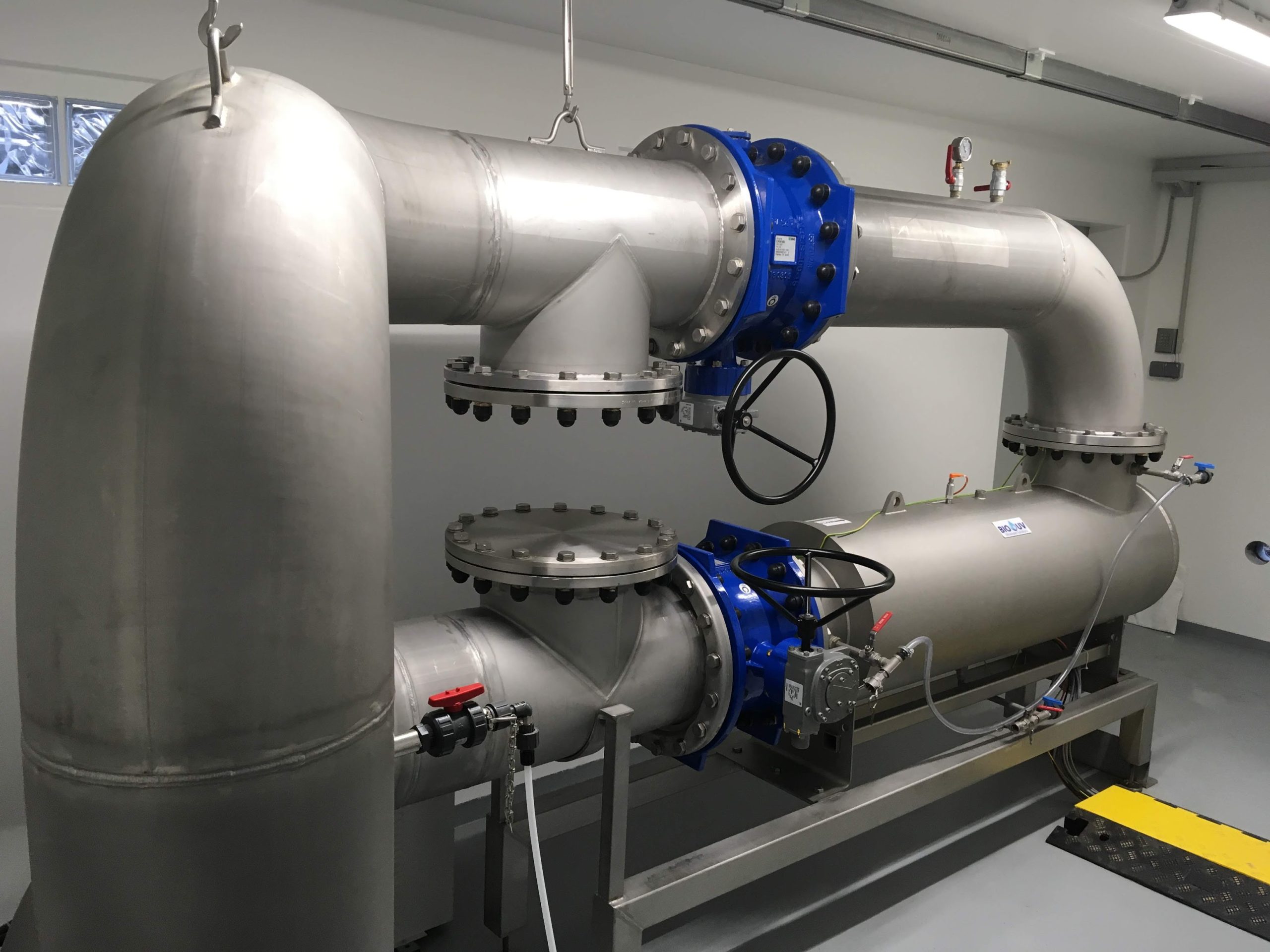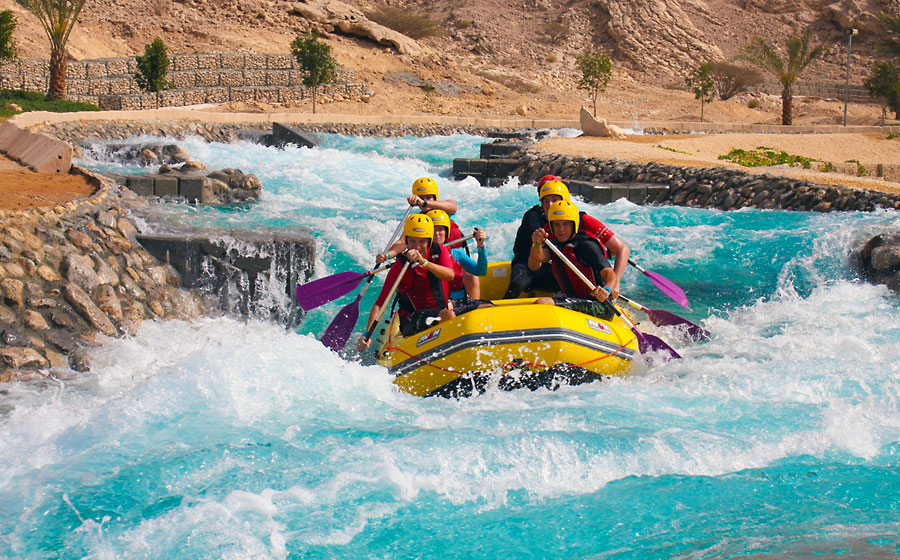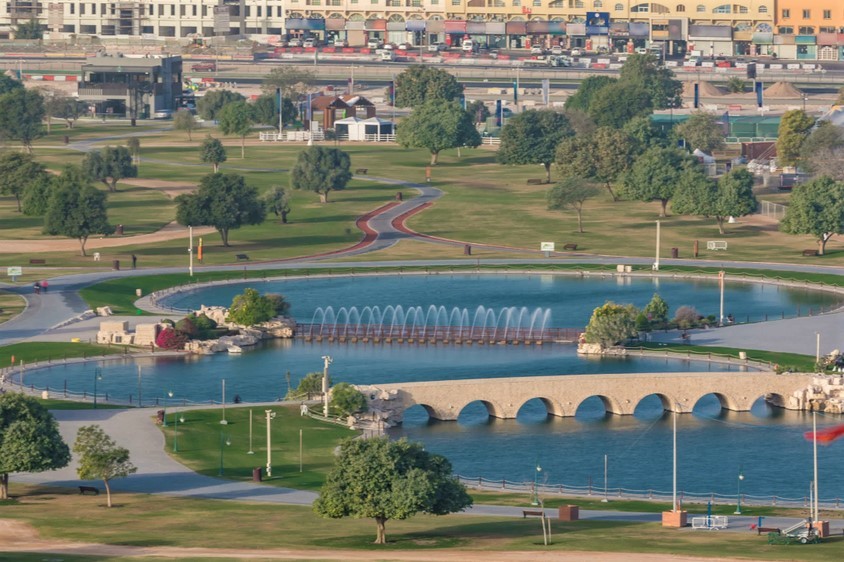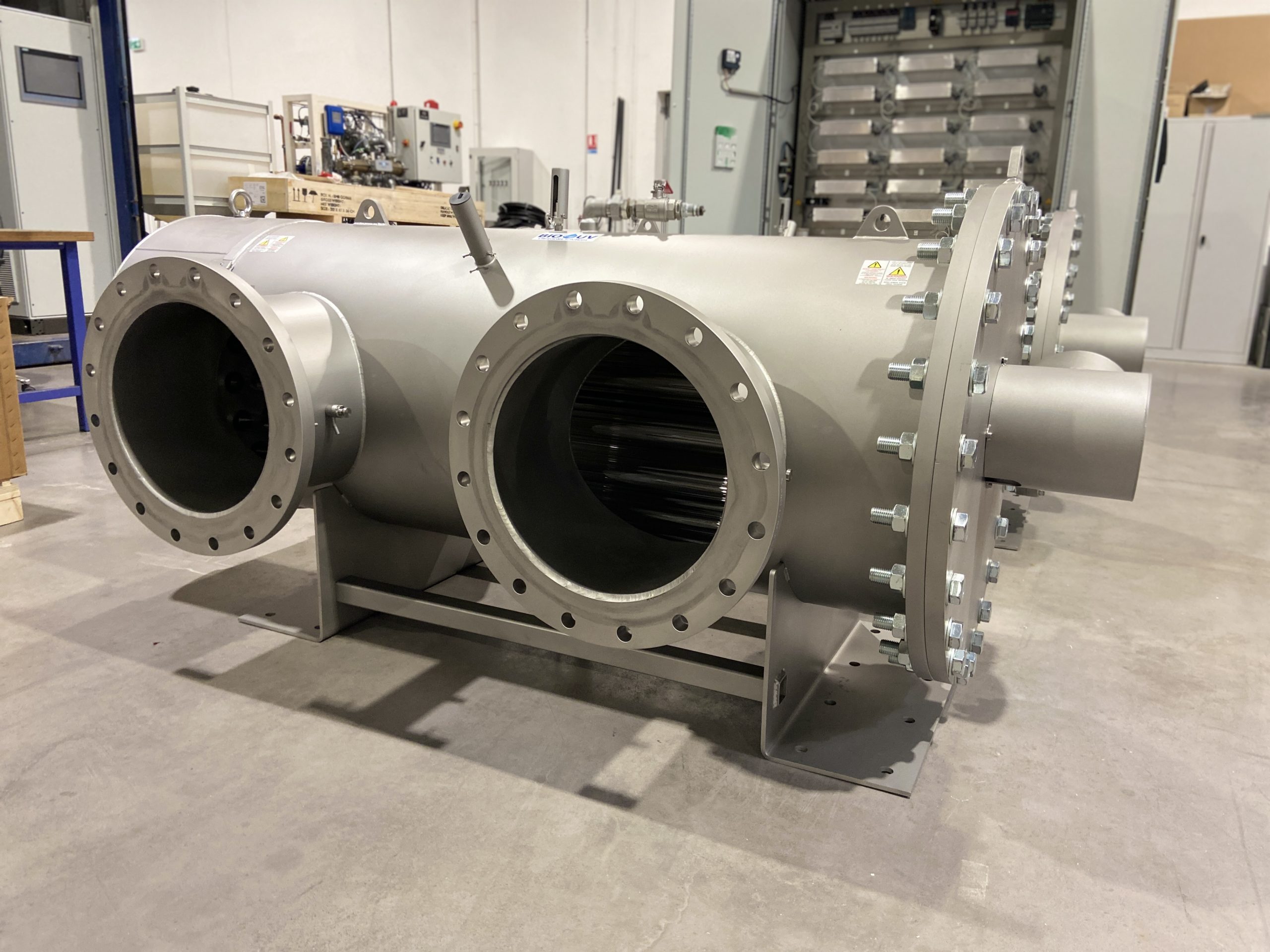
The Forestia
- Location
- Thaïland
- Technology
- Ultraviolet
- Equipment
- UV DW
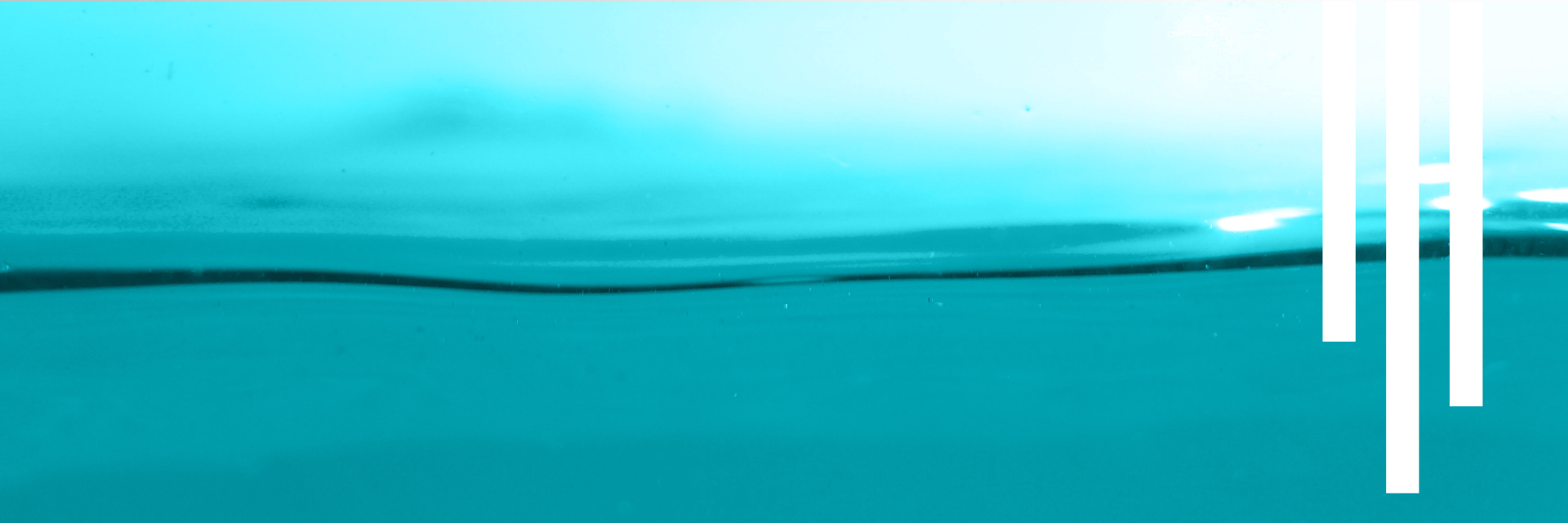
Climate change, population growth and increased per capita water consumption are increasing the demand for an already limited global resource. Today, more than 30% of the world’s population lives in countries experiencing water scarcity. Each drop therefore becomes more and more valuable, which forces municipalities to look for cost-effective technologies to supply, manage and treat drinking water, as well as to collect and treat wastewater in order to recover part of the water that is released into the environment.
BIO-UV Group has a wide range of chemical-free systems ranging from wastewater or effluent treatment to ultra-pure water and drinking water applications. These different ranges are generally sold for drinking water, points of use and entry points in regions of the world where one cannot rely on the local municipality’s supply of drinking water.

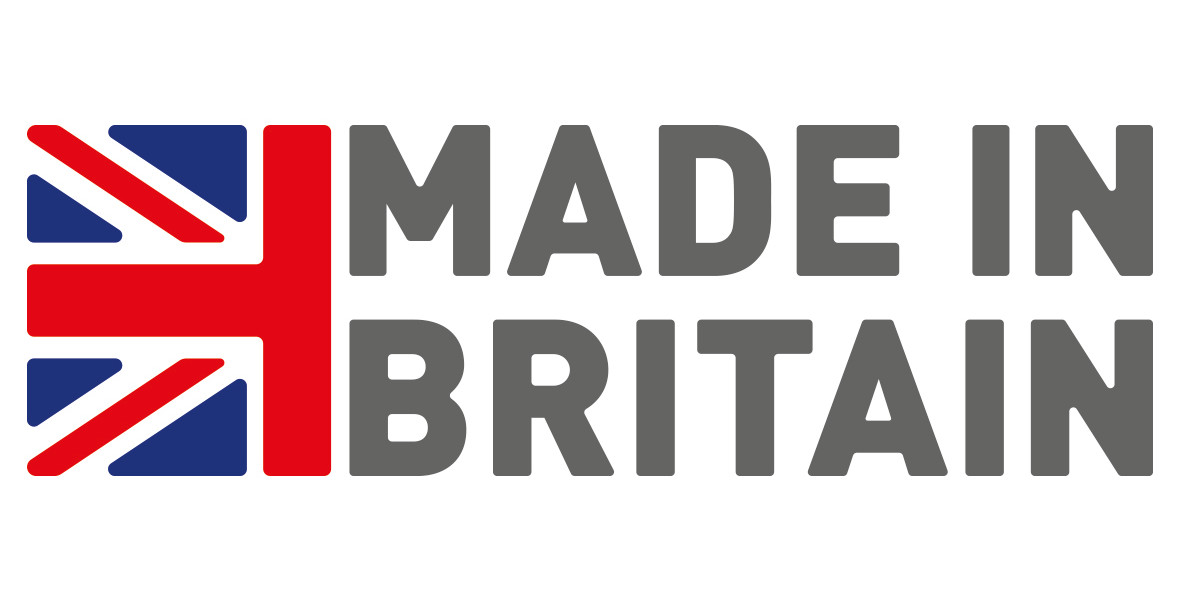
Drinking water is by definition water that can be drunk or used for domestic and industrial purposes without risk to health. It comes from municipal water collection and treatment stations and supplies our industries, homes, and businesses. The quality of drinking water is essential for populations and serves many uses in addition to quenching one’s thirst.
The purification of water is a complex process that requires the use of different treatment systems to eliminate contaminants and make the water safe for drinking.
In the treatment of this water, UV can be used to ensure optimal disinfection. They can also be used in membrane water treatments to protect them against biological fouling and increase their lifespan. Ozone can remove specific contaminants that affect groundwater and surface water sources to varying degrees.
In many parts of the world, rainwater can be collected and used for various purposes. The collection of rainwater can be vital for many households and businesses, as it allows them to irrigate their crops, bathe, or even drink and cook with this water. Some companies are also able to reuse rainwater with the aim of reducing their water consumption and environmental footprint. However, rainwater must be adequately treated in order to remove potentially dangerous viruses or bacteria and other contaminants in order to secure this resource.
Most drinking water production centers and wastewater treatment plants use chlorine for disinfection. Many also use ozone as a secondary disinfectant or to improve water quality. Excess residual chlorine often needs to be removed from wastewater before it is released into the environment, or before it is reused or reprocessed. The same goes for ozone. Residual chlorine or ozone are oxidizing agents that, in many applications, can damage processes.
Wastewater treatment is a process that removes microorganisms, viruses, bacteria and other contaminants from wastewater before returning the water to its natural environment.
Increasingly, the reprocessing for reuse and the recycling of treated wastewater is a rational and virtuous response to water shortages that affect many territories as well as for industrial and municipal actors. The REUSE or REUT is one of the climate change adaptation solutions to address water deficits at the local level. It allows to limit the withdrawals and consumption of fresh water, in order to secure access to water in the future and protect the resource when it is threatened. Once treated, this water can be valorized in different ways: agricultural irrigation, watering public parks and green spaces or cleaning equipment. Disinfection and removal of specific contaminants are critical steps in tertiary wastewater treatment for the preservation of natural ecosystems and for sustainable and safe reuse.
UV technology is the ideal choice for consumers looking to protect against microbiological contaminants, including bacteria (E.coli, fecal coliforms, etc), viruses and protozoa (cryptosporidium, giardia, etc) that may be resistant to chlorine. Unlike chemical treatments, UV rays do not modify the taste, smell or physico-chemical composition of water.
Our point-of-use UV devices are designed to be installed directly at the tap to reduce contaminants when drinking tap water. In this case, the water is treated just before it is safely consumed.
Point of Entry (POE) equipment is installed outside or before water is delivered to homes at the main supply line, before it flows through the entire domestic network.
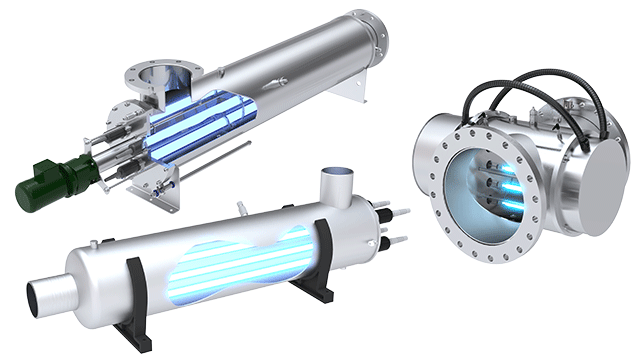
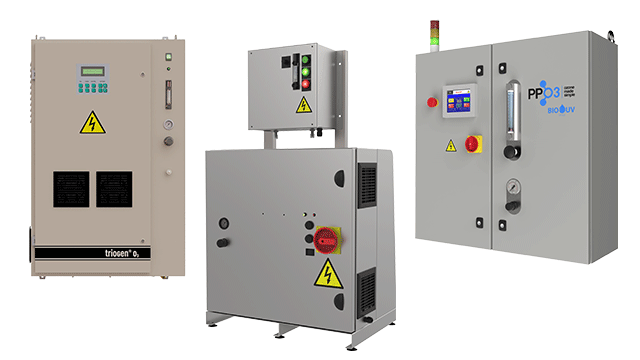
The reliability of our UV solutions is based on European and internationally recognized certifications, ensuring drinking water safety and regulatory compliance.
Thanks to these certifications, BIO-UV Group guarantees its customers reliable, compliant and sustainable solutions that meet the most demanding standards in the sector.

